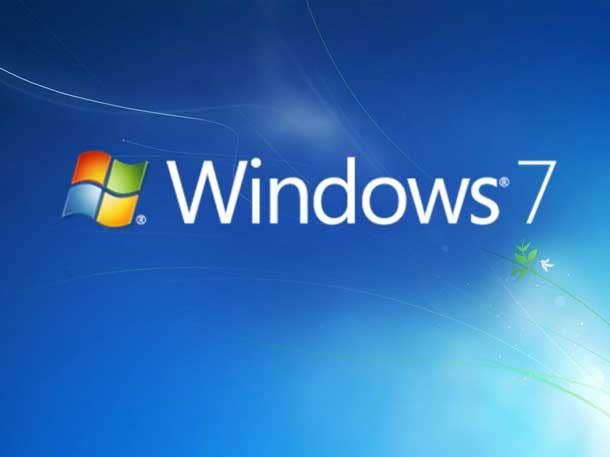End Of The Road For Windows 7 Security Updates: ‘It’s About Time’
With Microsoft closing the book on Windows 7 bug fixes, one solution provider says we’re unlikely to see history repeat itself with the shift from Windows 10 to 11.

At long last, we’ve reached the end of the line with Windows 7.
On Tuesday, Microsoft cut the cord on security updates for the long-persevering operating system, which was hugely popular with many businesses in its day — and for some users, up through the present day.
[Related: Microsoft Seeing Exploits Of Windows Zero Day Vulnerability ]
While the official end of support date for Windows 7 arrived back in January 2020, Microsoft had consented to continue offering Windows 7 security updates to businesses willing to pay for them. (Microsoft understands that “everyone is at a different point in the upgrade process,” wrote Jared Spataro, corporate vice president for Microsoft 365, in a blog post in 2019.)
Those “extended” Windows 7 security updates, however, came to a close on Tuesday. That gave Windows 7, which launched in the fall of 2009, a more than 13-year run.
Of the 98 patches rolled out by Microsoft on Tuesday as part of its monthly security update release, 42 applied to Windows 7, according to a tally by Angela Gunn, a senior threat researcher at Sophos.
As much as many businesses relied on Windows 7, “it’s about time” that the operating system reach its finale, said Luis Alvarez, president and CEO of Salinas, Calif.-based Alvarez Technology Group.
“In so many ways [the extended security updates] were a false sense of security for a number of people,” he told CRN. “They believed they could keep their Windows 7 systems secure by paying an annual fee — but really, the underlying issues that caused those security vulnerabilities weren’t being patched.”
Alvarez said that his firm can now get the “last stragglers” within the client base off of Windows 7, and onto Windows 10, the successor to Windows 7, or the latest version of the operating system, Windows 11.
Looking ahead, Alvarez doesn’t believe that we’ll encounter this type of issue again with the inevitable transition from Windows 10 to Windows 11, however. For most businesses that stuck with Windows 7 for the long haul, it was prompted by compatibility problems in Windows 10 for essential software that they rely upon.
But the shift from Windows 10 to 11 isn’t expected to come with major app compatibility risk. “None of the apps our clients use are incompatible,” Alvarez said.
In terms of compatibility, Microsoft has described Windows 11 as being “built on the same foundation as Windows 10.” The codebase of Windows 11 is “very similar” to that of Windows 10, a Forrester analyst previously told CRN.
Now that a few years have elapsed following the major switch-over from Windows 7 to 10, the next refresh cycle is likely to start soon. “We’re starting to enter a window where those [Windows 10] systems need to be aged out,” Alvarez said.